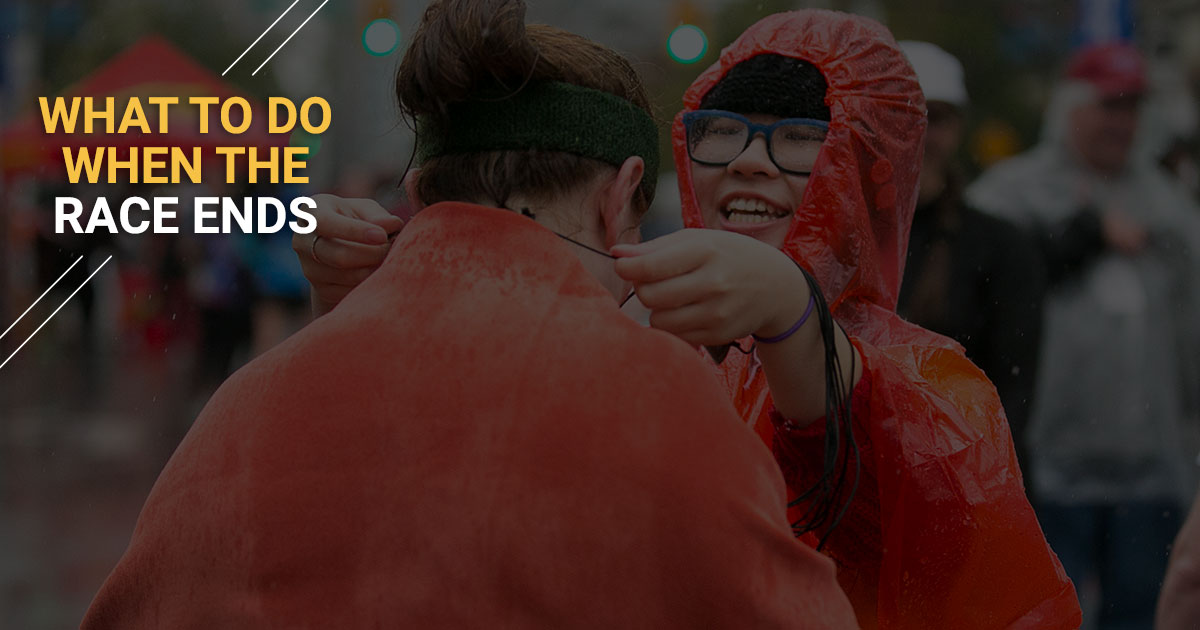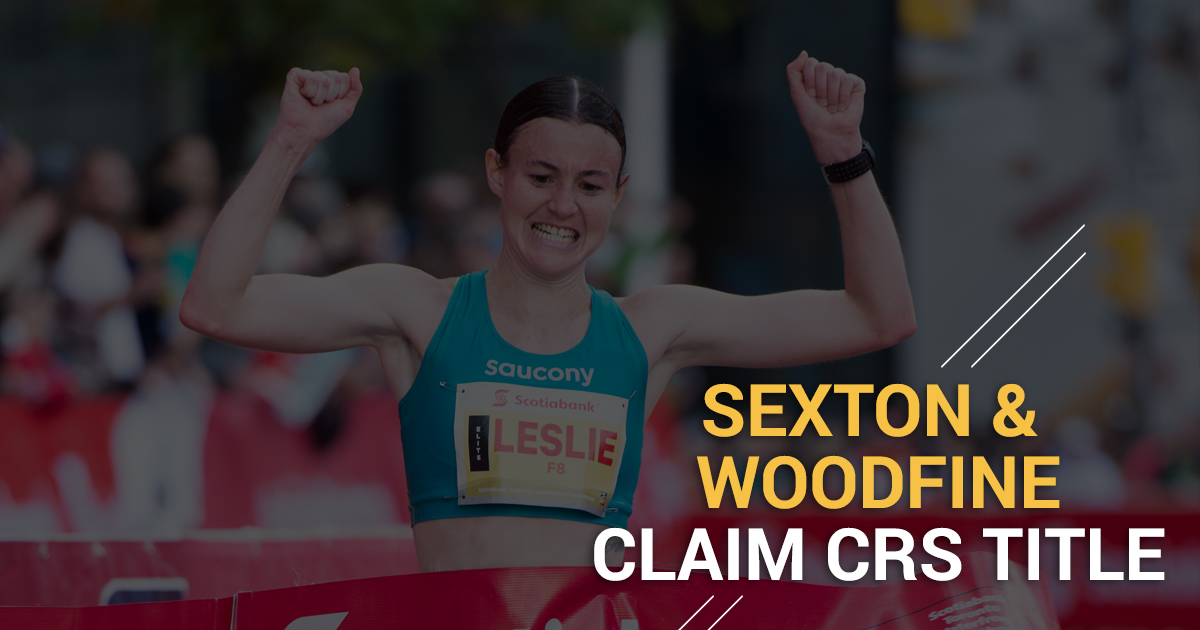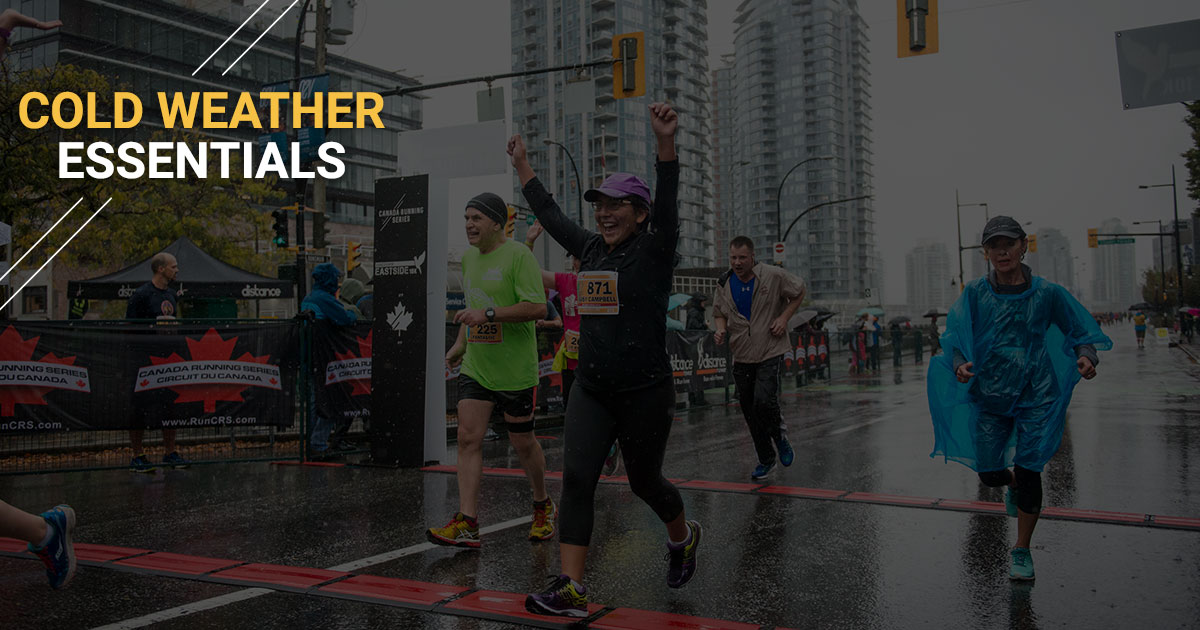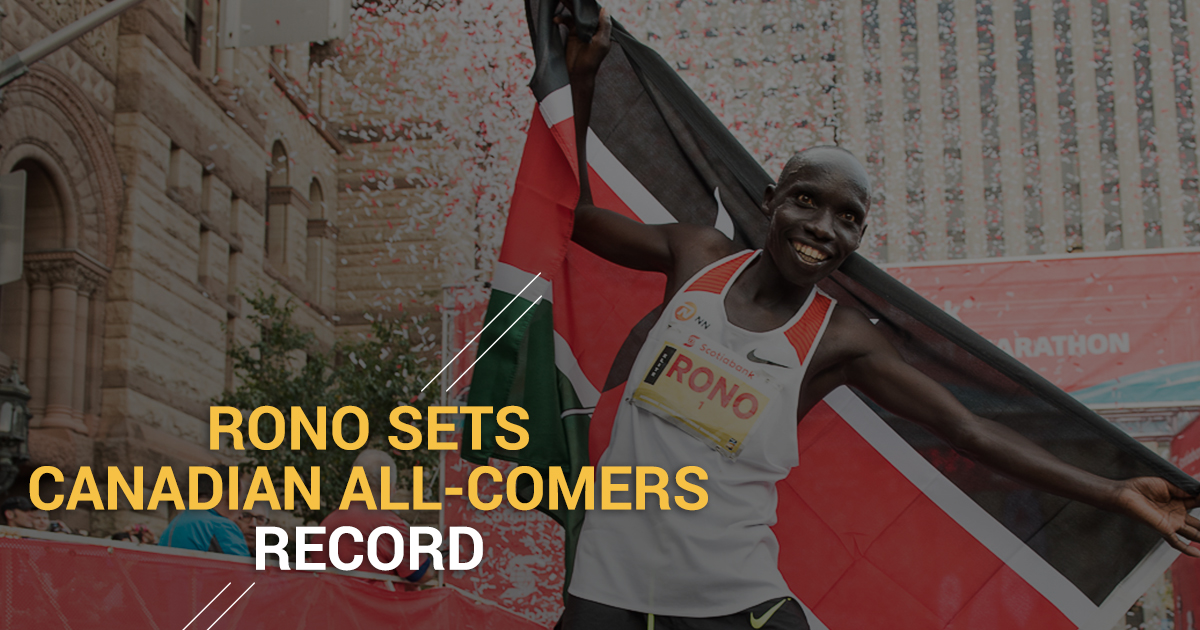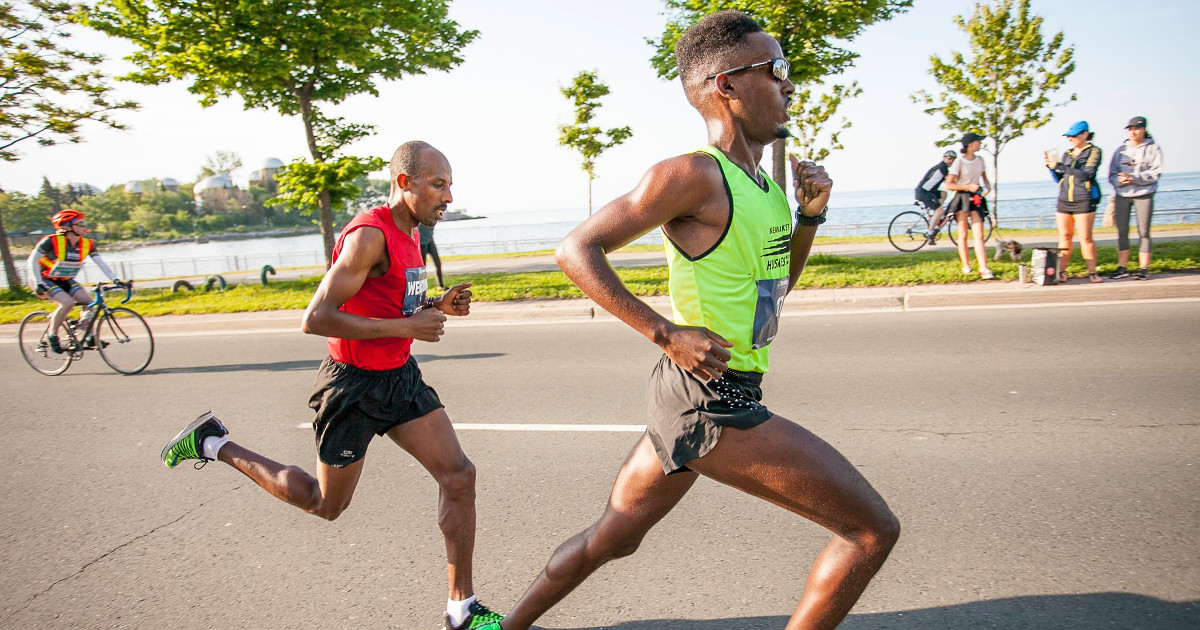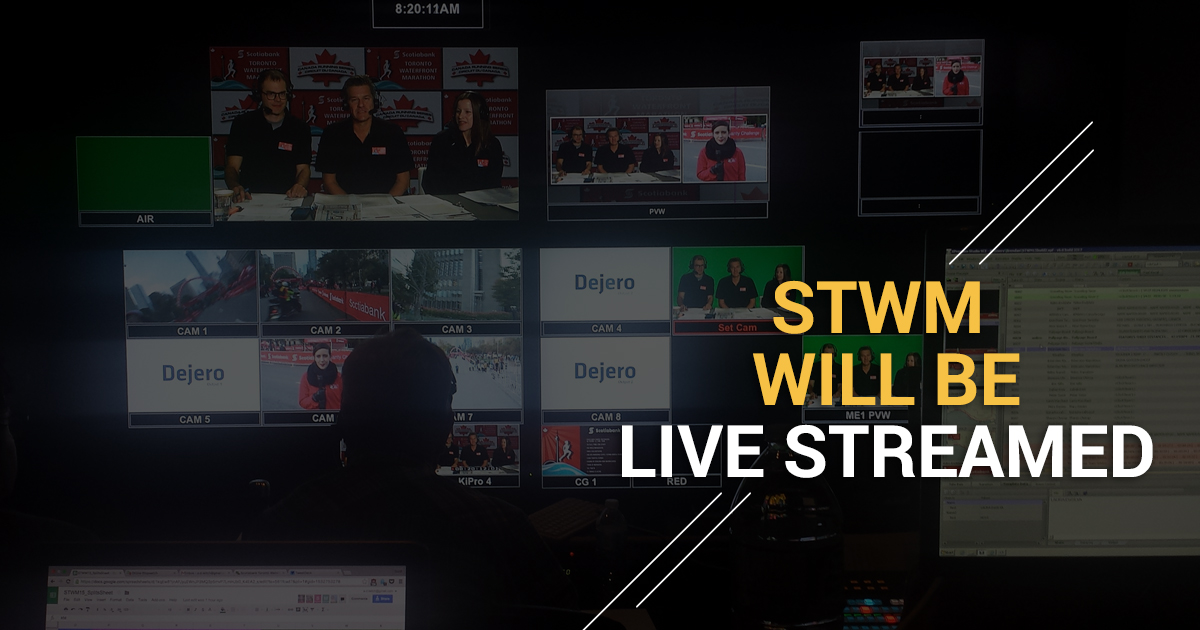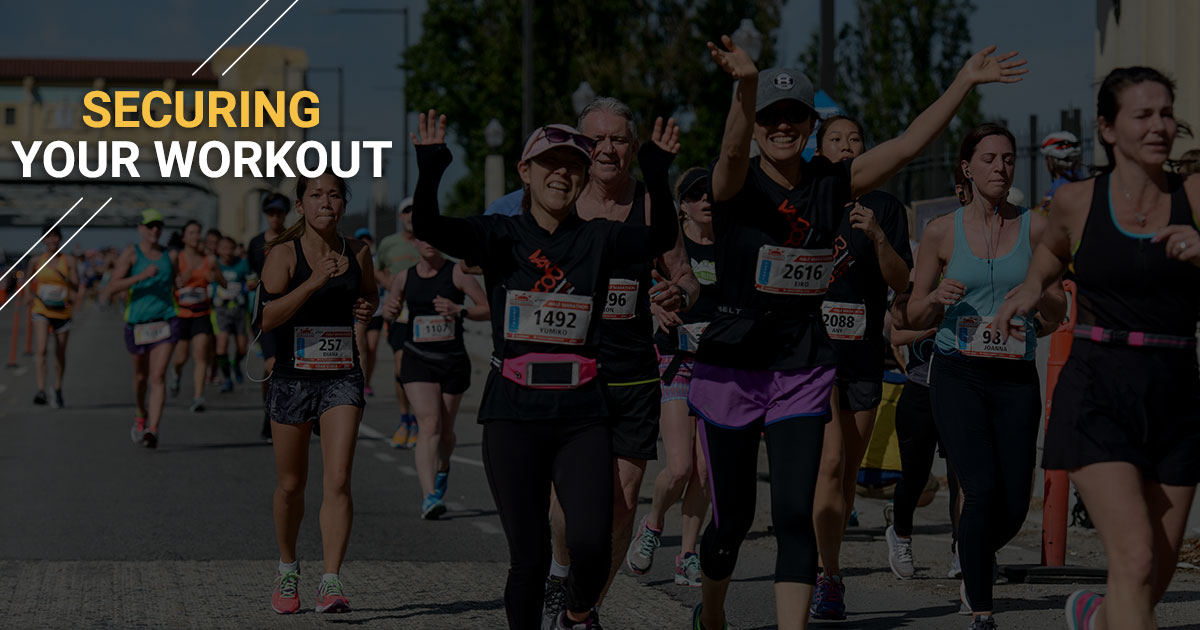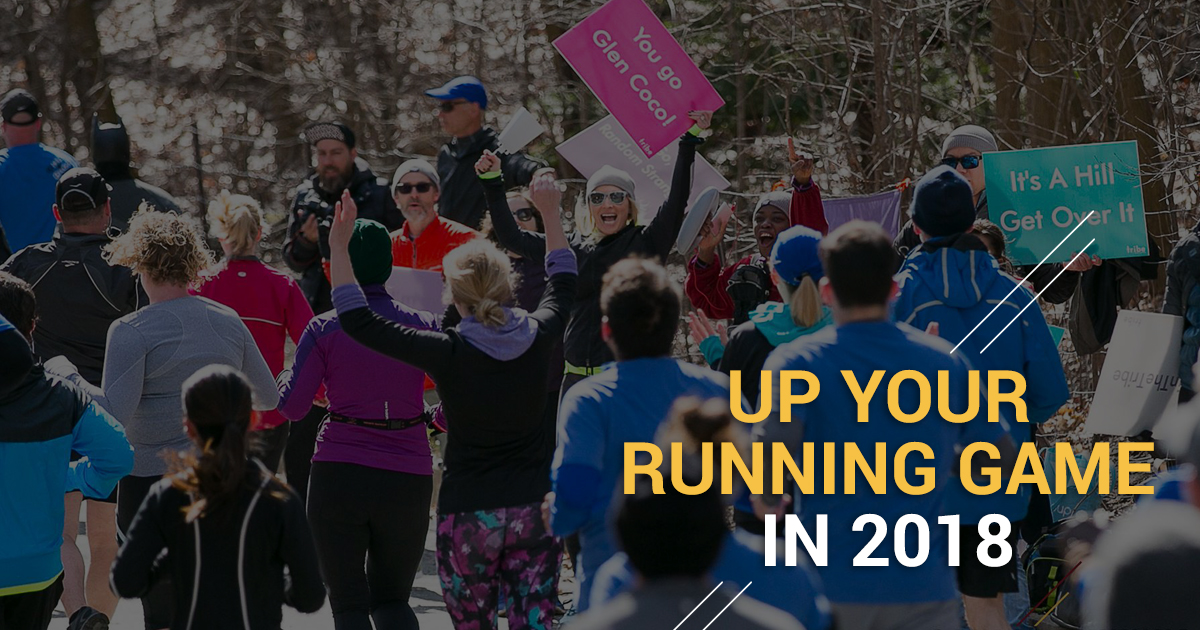
By Heather Gardner, founder of Tribe Fitness.
The start of a new year is a great time to set goals and try something new. So whether you are starting to run for fun, or are fired up as a goal crusher. Here are 5 tips to help you up your running game in 2018!
5 Tips to Run for Fun!
1. Track progress. Whether it’s on your favourite app (there are so many out there) or on an old fashioned calendar on your fridge, tracking your workouts, recording how you feel, or even checking something off your monthly workout plan will give you that extra feeling of progress and accomplishment.
2. Create the perfect playlist or find the perfect podcast. Music or podcasts can be a great motivator to help you get to into the running mood! Make a new playlist filled with high-tempo tracks or save a new podcast for each workout to inspire you to keep moving while on route.
3. Sign up for a race/fun run. Committing to an event gives you a good reason to create a training plan and stick to it. Start planning ahead now, the Race Roster Spring Run Off is just around the corner.
4. Fuel up. Running on an empty stomach can keep you from having the right amount of energy, but eating too much can lead to cramping. Look for a small snack containing carbs and protein for sustained energy.
5. Join a run Tribe. Whether it’s a friend or family member, community run crew, or virtual group of online friends, having people with a similar interest to connect with and learn from will help keep you accountable and having fun.
5 Tips for the Goal Crushers!
1. Get into proper form. It may seem like the simplest way to work out, but running does take knowledge and skill to make sure you don’t end up on the injured list. Get reading, listening, or meeting with professionals in your community to make sure you’re running to the best of your ability.
2. Get out of town! Taking your runs to new roads is a great way to combine travel and your favourite sport. Destination races within Canada or abroad will leave you with a new sense of adventure and motivation to move.
3. Cross train. Don’t limit yourself to improving your pace only out on the road. There are many things you can do when you aren’t running that can help: Take a yoga class to improve your flexibility; strength train regularly to build speed and prevent injuries; meditate to find focus and calm those pre-race jitters.
4. Roll out. Massage your muscles with a roller to increase flexibility and range of movement in the knees while breaking down scar tissue and adhesions.
5. Give back. Whether you volunteer to help a new group of runners get their start, support your local school’s track and friend day, or give your time stuffing kits at a race expo, giving your time back to the sport you love will leave you filled with gratitude and pride for your local run community.




